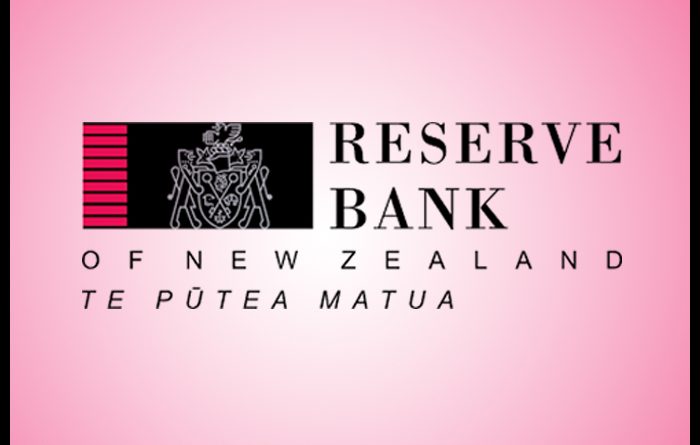New Zealand Softens Monetary Policy Tightening
New Zealand’s central bank raised its benchmark rate by a half percentage point on Wednesday, following a 75 basis-point hike in November, as policymakers assessed that the upside risks to inflation has moderated since the last meeting.
The Monetary Policy Committee of the Reserve Bank of New Zealand lifted the Official Cash Rate to 4.75 percent from 4.25 percent.
Previously, the bank had hiked the OCR by 75 basis points in November, which was the ninth consecutive hike. The interest rate was lifted by 450 basis points since October 2021.
Although members discussed increases of 50 and 75 basis points at the February meeting, they observed that the balance of risks around inflation remain skewed to the upside but the extent of the risk had moderated somewhat since the November Statement.
“A a 50 basis point move balanced the need to ensure core inflation and inflation expectations fall, against the early signs that demand was beginning to moderate towards the economy‘s productive capacity,” the bank said.
Members noted the long lags of monetary policy transmission to the economy. They agreed that the interest rate needs to reach a level where the MPC could be confident that it would reduce actual inflation to within the target range over the forecast horizon.
Signaling further tightening, the bank said higher interest rates are required to sustainably bring down inflation and support maximum sustainable employment.
Regarding the Cyclone Gabrielle and other severe weather events, policymakers said it is too early to estimate the full economic impact.
The committee decided to look through the short-term direct price pressures stemming from these extreme weather events, and focus on the medium-term impacts.
As the coming recession will be a little deeper than the central bank is anticipating, the RBNZ is likely to stop at 5.25 percent, Marcel Thieliant, an economist at Capital Economics, said.
The interest rate cuts could happen as soon as the end of this year rather than the second half of next year as signaled by the Bank today, the economist added.
Source: Read Full Article


